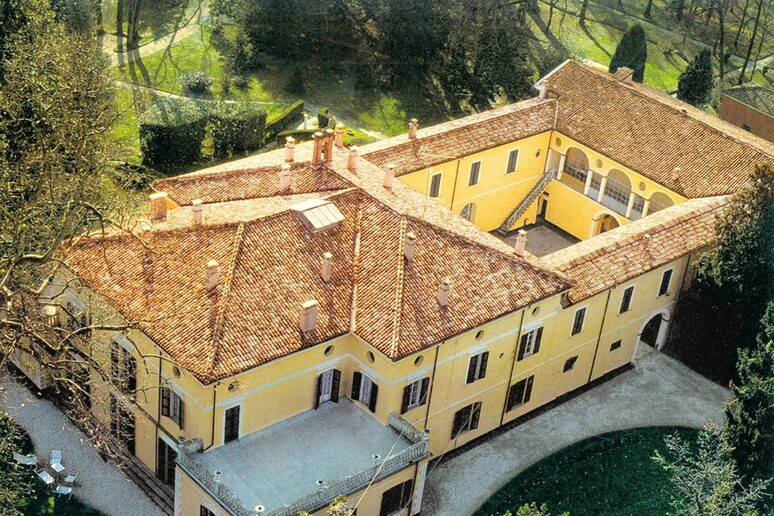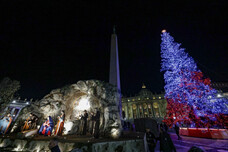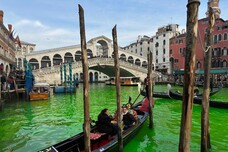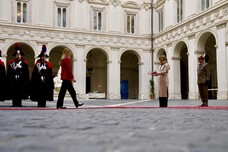Culture Minister Gennaro Sangiuliano
on Thursday unveiled raft of opera fund-raising events to
restore and protect the home-cum-museum near Piacenza where 19th
century 'Composer of the Risorgimento' Giuseppe Verdi lived and
worked in the last years of his life.
"Giusppe Verdi was a key figure in national Risorgimento, a
figure of signficannce together with Garibaldi, Mazzini and
Cavour," said the minister in presenting the Viva Verdi
programme.
"It is a duty of the Republic to honour his memory".
Villa Verdi is at Sant'Agata di Villanova sull'Arda, not far
from the composer's long-time home at Busseto and his birthplace
in the tiny village of Le Roncole.
It has recently fallen into disrepair.
Verdi (1813-1901) Verdi came to dominate the Italian opera scene
after the era of Gioachino Rossini, Gaetano Donizetti, and
Vincenzo Bellini, whose works significantly influenced him.
In his early operas, Verdi demonstrated a sympathy with the
Risorgimento movement which sought the unification of Italy. He
also participated briefly as an elected politician.
The chorus "Va, pensiero" from his early opera Nabucco (1842),
and similar choruses in later operas, were much in the spirit of
the unification movement, and the composer himself became
esteemed as a representative of these ideals.
An intensely private person, Verdi did not seek to ingratiate
himself with popular movements.
As he became professionally successful, he was able to reduce
his operatic workload and sought to establish himself as a
landowner in his native region.
He surprised the musical world by returning, after his success
with the opera Aida (1871), with three late masterpieces: his
Requiem (1874), and the operas Otello (1887) and Falstaff
(1893).
His operas remain extremely popular, especially the three peaks
of his 'middle period': Rigoletto, Il Trovatore and La Traviata.
The bicentenary of his birth in 2013 was widely celebrated in
broadcasts and performances.
ALL RIGHTS RESERVED © Copyright ANSA











